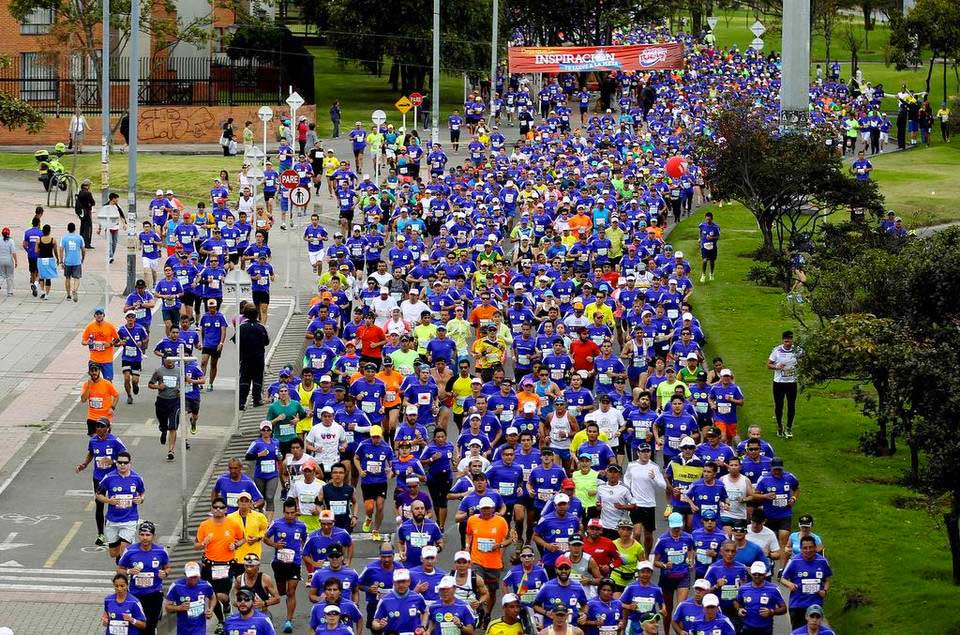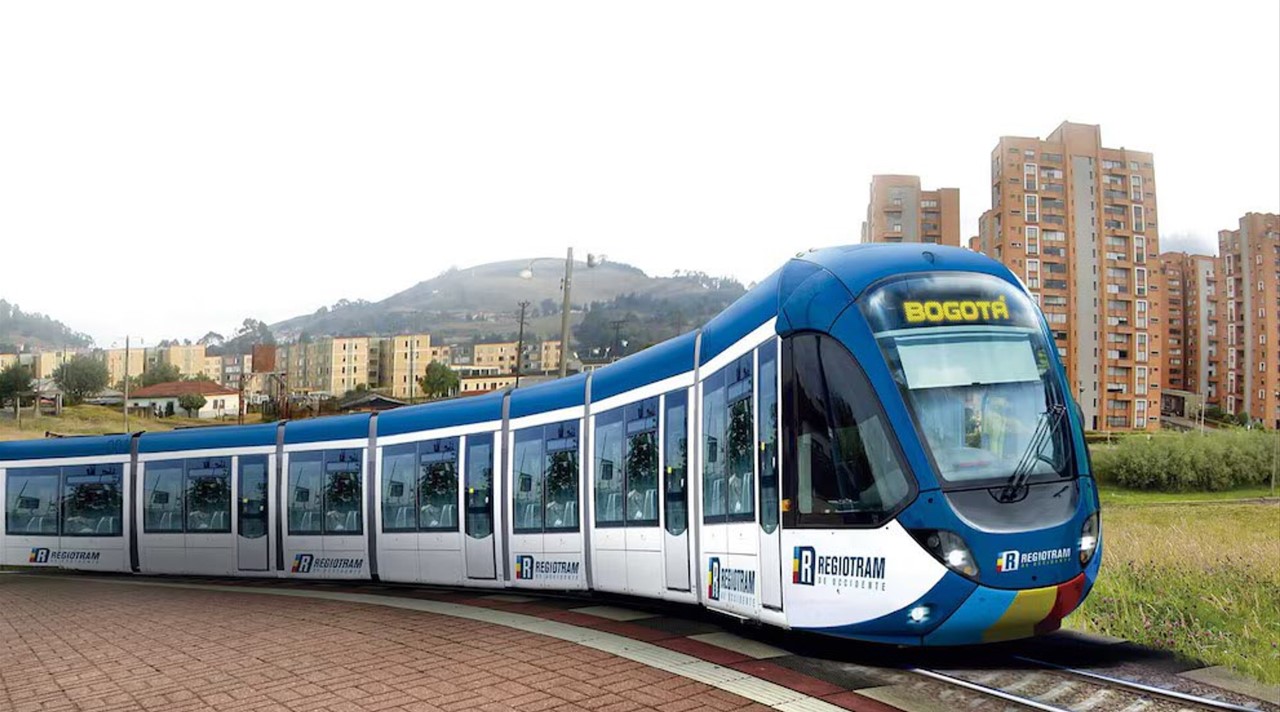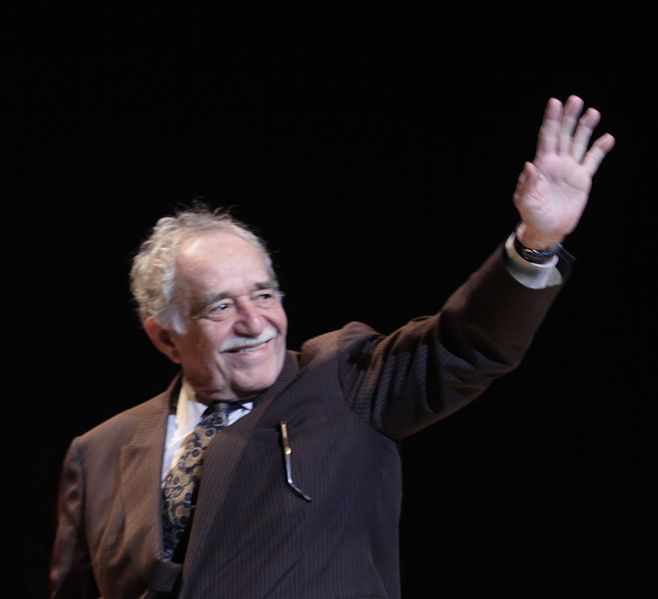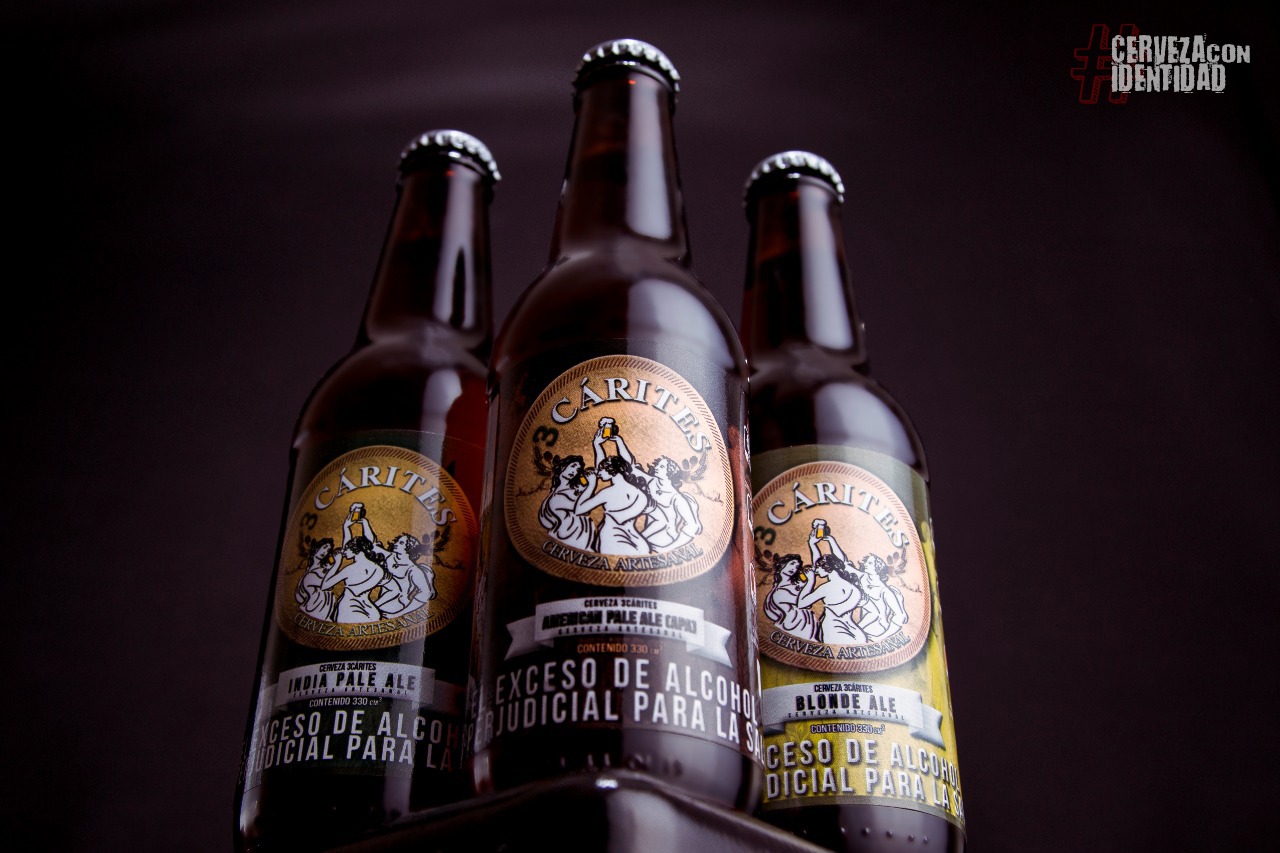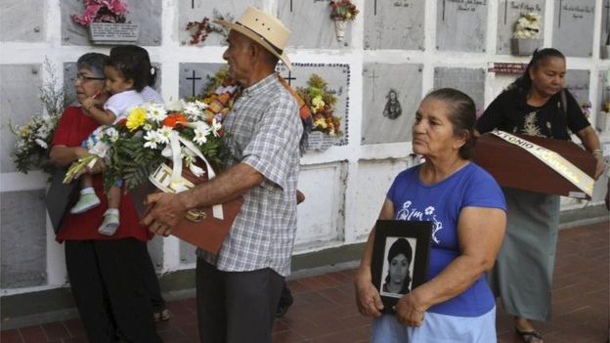
More than seven million people have registered with the government’s Victim’s Unit since the start of the conflict.
Thomas Stevenson, lecturer in negotiation, analyses the strategies of the FARC and Colombian government at play in Havana
The announcement of a milestone agreement between the government of Colombia and the FARC-EP (Fuerzas Armadas Revolucionarias de Colombia—Ejército del Pueblo), reignited faith in the talks both in Colombia and abroad. Among other provisions, the deal establishes a special tribunal, outlines distinct custodial sentences for those who take ownership of their crimes and those who do not, mandates that wrongdoers undertake reconciliatory efforts, and accedes to amnesty for politically motivated crimes. This alone makes it the most momentous accord that could have come out of Havana, short of a final peace deal. However, the linchpin of the entire agreement is its guarantee of demobilised FARC fighters’ right to participate in mainstream politics—for many Colombians, a bitter pill to swallow.
Though controversial, this provision is essential from a negotiation perspective. Colombians who have grown up with this conflict might be tempted to react with their hearts, rather than their heads: why should these violent men, who chose to wage a bloody, decades-long war instead of going through legal channels, have the right to political participation?
In itself, this narrative demonstrates a distinct anti-guerilla bias: in all societies transitioning from widespread violence or conflict, any clear delineation of guilt (the guerillas) and innocence (the rest of society) relies upon a sort of selective amnesia.
6 out of 10 Colombians don’t believe peace can be achieved by March 23
For their part, the guerillas argue that they did not take up arms frivolously, but rather due to the lack of other options to advance their political ideals in a closed political system. The FARC itself traces its existence back to the late 1950s, when a group of dissident peasants in Villarrica banded together after surviving a Colombian army strike.
Indeed, Colombian history is replete with examples of guerillas and leftists who met unhappy fates while attempting to play by the rules. In 1985, the Colombian Communist Party and elements of the FARC united to form the progressive Unión Patriótica (UP); within a few years, UP presidential candidates Jamie Pardo Leal and Bernardo Jaramillo Ossa were both dead, just two of an estimated 2,000-3,000 UP officeholders and candidates slaughtered by a combination of drug cartels, paramilitaries, and state security forces.
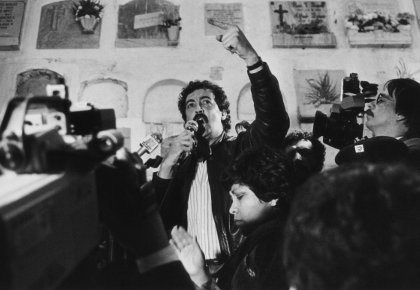
Bernardo Jaramillo, the second Unión Patriótica presidential candidate to be assassinated.
In the late 1980s, Colombia’s second-largest guerrilla group, M19, also demobilized and attempted to enter legitimate politics, only to see its presidential candidate, Carlos Pizzaro Leongómez, promptly assassinated. While these examples clearly do not implicate every member of Colombian society, they do suggest that conditions in Colombia have long been deeply inhospitable to alternative political ideologies; that Colombian society as a whole must accept some responsibility for having permitted this state of affairs; and that, from the guerillas’ perspective, fighting may genuinely have seemed like the only way to keep their ideas alive.
Sadly, this observation fails to capture the great tragedy of the Colombian conflict, which also helps to explain its astonishing longevity: at some point, it ceased to be about political ideology, becoming something impelled by its own terrible momentum.
Estimated 220,000 killed in the conflict
The FARC has spent much of its existence sorely lacking both popularity and control of key territory—in other words, without any real hope of winning an outright military victory, as Fidel’s “26th of July Movement” did in Cuba.
Between the early 1990s and the early 2000s, the FARC actually abandoned its original agrarian-communist orientation for something resembling “Che” Guevara’s Foquista approach, then gave up on socialist revolution altogether, turning instead to cultivating clientelistic relationships with local governments (widely seen as a tactic to increase the group’s leverage in any forthcoming peace talks). By Uribe’s second term as president, the drug cartels and paramilitaries had been largely subdued, diminishing the threat of extrajudicial killing; the moment seemed ripe for demobilization. Yet the Uribe government made few diplomatic overtures to the FARC. The guerillas kept fighting, more for survival than for a socialist utopia.

April 2015: thousands march in memory of the victims of the conflict.
Last month, the Colombian government finally offered the FARC what negotiation expert William Ury would call a “golden bridge”—a way out of the conflict that has ensnared them just as surely as it has ensnared thousands of innocent Colombians. The deal clearly aspires to a standard of “fairness,” attempting to balance the interests of Colombian citizens (no amnesty for war crimes and crimes against humanity) with the interests of the guerillas (broad amnesty for political crimes). However, it is not clear that fairness alone would not have sufficed to secure FARC support for the deal without its master stroke: lip service to the FARC’s political ambitions. This allows the FARC to save face, maintaining (or, perhaps more accurately, resurrecting) its original image as a noble champion of campesinos and land reform. However far removed from the current reality, a nod to ideology was indispensable: nobody wants to admit to fighting for at least 15 years simply because they didn’t know how to stop.
46% of people are optimistic about the talks (highest in 3 years)
From a negotiation perspective, the deal has other points to recommend it. Elaborating upon his “golden bridge” concept, Ury suggests offering concessions that cost relatively little, but confer major benefits on one’s opposite number. The agreement is the epitome of low-cost, high-benefit for the Colombian people. While the gains appear enormous in terms of hastening peace, any FARC presence in the government will depend upon how they fare at the polls; if the FARC remain as unpopular as politicians as they have been as fighters, their presence in government will be negligible. Ury also advocates “if-then” solutions—basically contingency clauses—to compensate for a lack of trust in one’s negotiating partner. Here, too, the deal conforms to negotiation best practices, extending eligibility to ex-FARC contingent upon non-participation in war crimes.
Ultimately, while negative reactions to the idea of FARC participating in electoral politics are understandable, this opposition is more emotional than rational. Government negotiators did well to recognise this, extending a low-cost concession that made it far more palatable for the FARC to sign the peace talks’ most ground-breaking agreement to date.
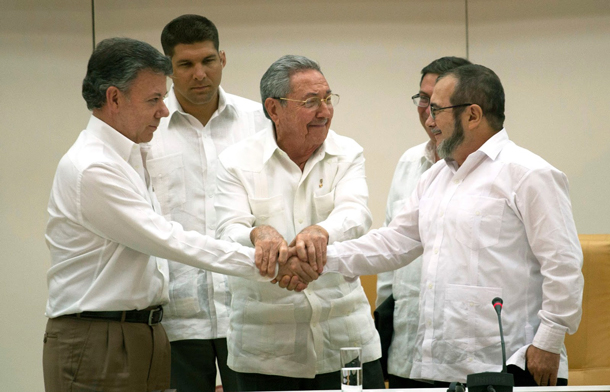 Raul Castro, centre, joining a historic handshake between Santos and FARC leader Timochenko, right. In context: What just happened?Peace. On September 23, that word and that picture – President Juan Manuel Santos shaking hands with FARC leader, Rodrigo “Timochenko” Londoño and Cuban President Raúl Castro – flew around the world. After a stalemate at the negotiating table lasting almost a year and a half, finally progress in the form of a landmark agreement on the thorny issue of transitional justice and a commitment to a full peace accord in the next six months. International reaction was positive, with messages of support from around the world, including UN Secretary General Ban Ki-moon and the Pope. During a trip to Colombia on October 8th, Brazilian President Dilma Rousseff said that contributing to a post-conflict Colombia was important for the whole region and promised that Brazil would help in any way they could. Colombians, who have not only lived through the violence, but also through many false starts and broken promises, were more cautious. A Semana poll showed 46% of people were optimistic about the talks, the highest level in three years. But six out of 10 people do not believe peace can be achieved by March 23, and 72% say they don’t believe the FARC. What exactly is the agreement?The ten-part deal calls for a final agreement to be signed by March 23, and for the FARC to disarm within 60 days afterwards. Amnesty would be possible for political crimes, but not in the cases of crimes against humanity, genocide or serious war crimes. The tribunal will deal with everybody involved in the conflict – government officials, military and guerrilla fighters alike. Crucially, it also opens the way for FARC to become a legal political movement once the full peace accord has been signed. The formula agreed in Havana treads a line between two opposing stances – FARC, who have continuously said that there should be no jail time for its members, versus the government who have stuck to the line that there cannot be peace with impunity. The falloutWithin days of the announcement, cracks started to appear over the fine print of the agreement, with the FARC accusing the government of going back on their word, and the government saying that some points still need to be negotiated. The government and FARC released a joint statement following a discussion that took place in a “respectful and constructive atmosphere” stating that the legal committees will meet on October 17 to iron out the differences. Voices of criticismInternational NGO Human Rights Watch raised concerns that those responsible for mass atrocities could avoid spending any time in prison. Jose Miguel Vivanco, Americas director, said, “while the special jurisdiction would encourage confessions, it would also allow those most responsible for mass atrocities to completely avoid prison, denying their victims the right to justice in any meaningful sense of the word.” Attorney General, Alejandro Ordóñez questioned ‘contradictions’ in the agreement and demanded the publication of the full text. He claimed that prison could not be avoided. “As a golden rule, international justice has to respect the standards, which means custodial sentences for those responsible. Former President Uribe said “FARC only talks of restorative justice, without punishment and with the prize of eligibility. Like that there can be no restorative justice.” What are the main stumbling blocks?The government now need to pass the necessary legislation as well as getting buy-in from the Colombian public. In the Havana announcement, Santos promised that the deal would have to be approved by the people, even though just weeks before he had called a referendum ‘suicide’. InSight Crime raises the question of whether drug trafficking would be seen as a political crime – and so given a potential amnesty, which would have implications for Colombia’s relationship with the US. Other commentators point out that the signing of a peace accord will only be the start of a long process towards actual peace, citing the existence of other groups such as the ELN, and pointing to a potential power vacuum that will be created in areas currently controlled by the FARC. Moving forwardCongress has begun discussions on the draft constitutional reform necessary to grant special powers to the President and to the special legislative committee. Timochenko announced on Wednesday September 30 that he has ordered a halt to FARC military training courses, and the start of political and cultural training. Round 43 of the talks will begin on October 27. |
Thomas Stevenson is a conflict resolution specialist who has worked with the United Nations, NGOs and policy think tanks in conflict/post-conflict zones including Myanmar, Cambodia, and Colombia. He is the founder of Colombia-based firm Strata Consulting SAS and lecturer in negotiation at Universidad de Los Andes.

